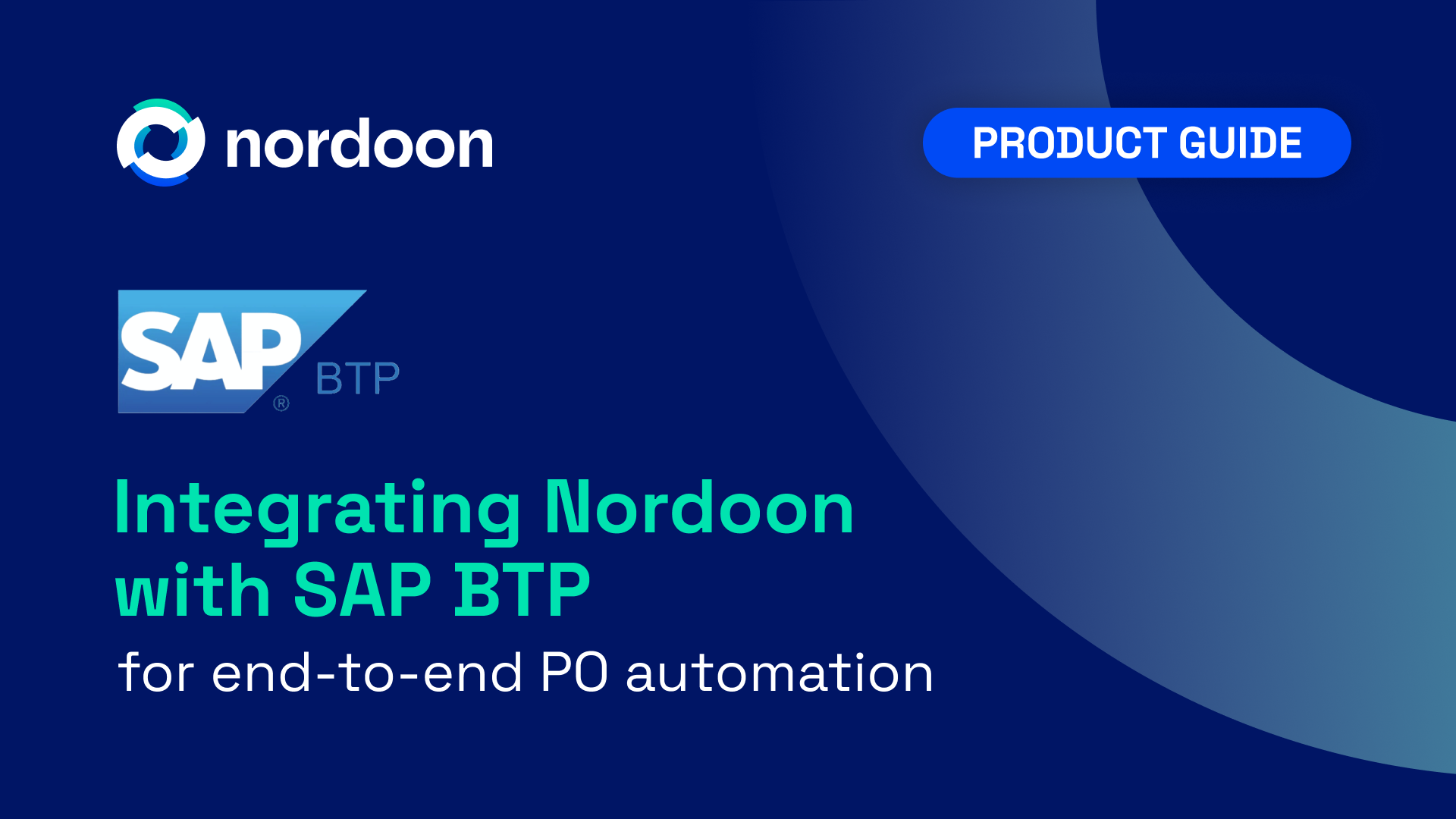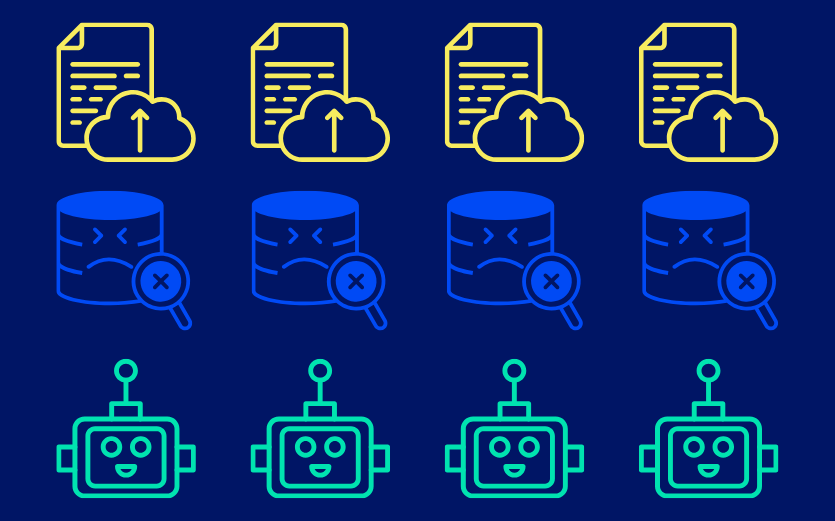The hidden drain: How logistics companies can spot and stop revenue leakage
If you're in logistics, you know the margins are thin and the operations are dense. It's easy for revenue to slip through the cracks. Not because someone’s messing up, but because the system is overloaded with manual steps, disconnected tools, and exceptions that never get resolved. We call this revenue leakage. And while it might sound like a finance problem, it’s really an operational one.

.png)








